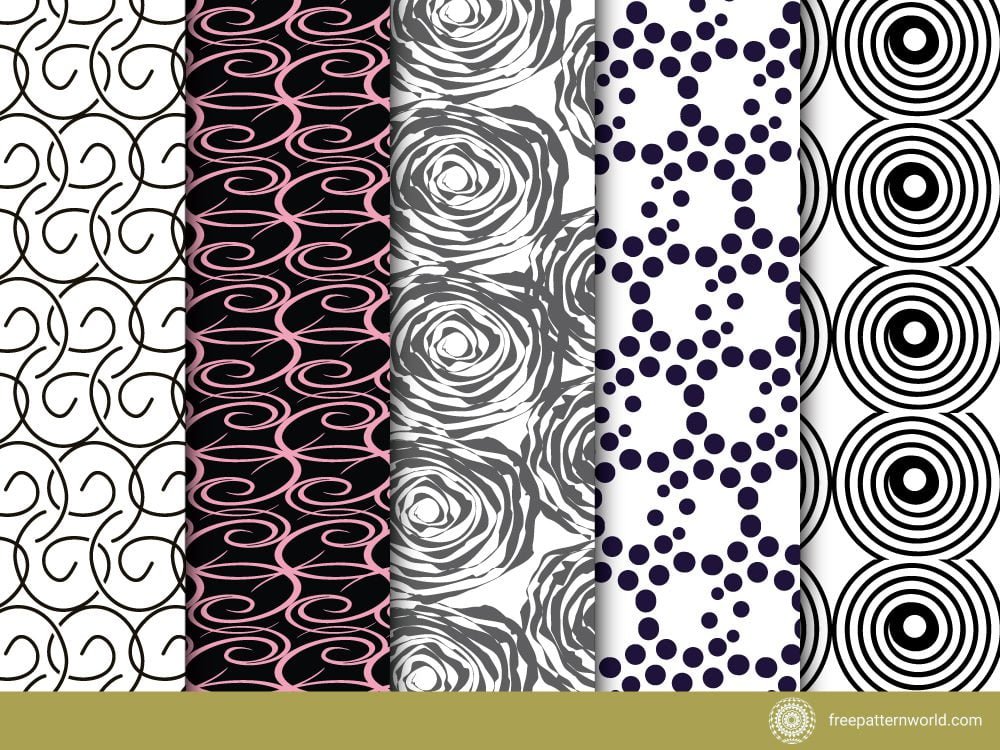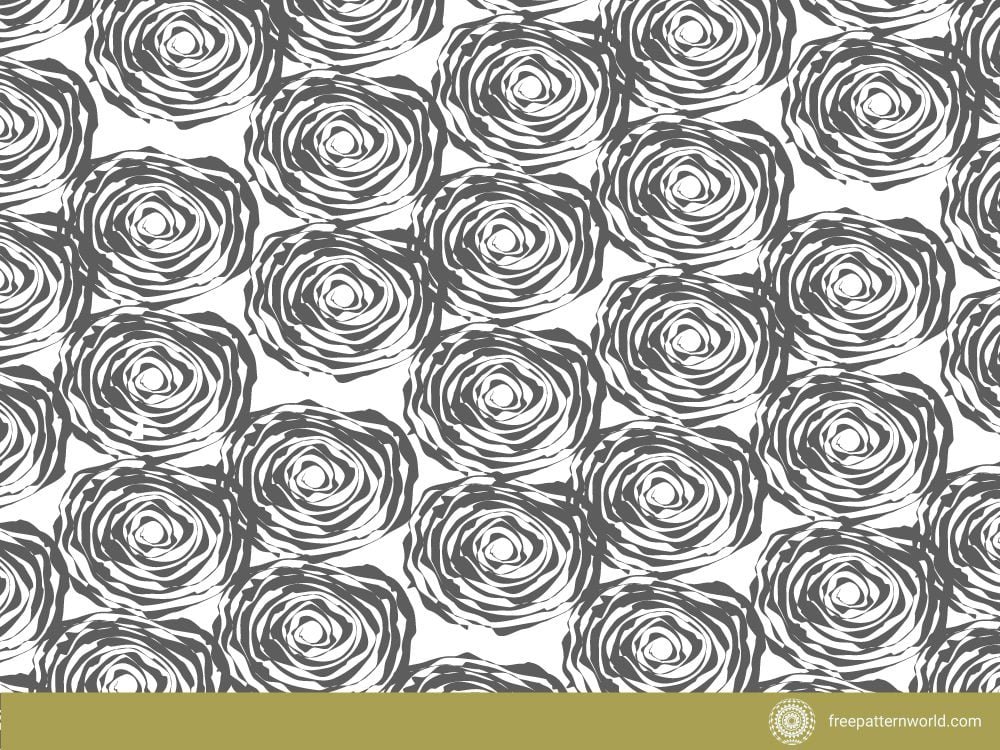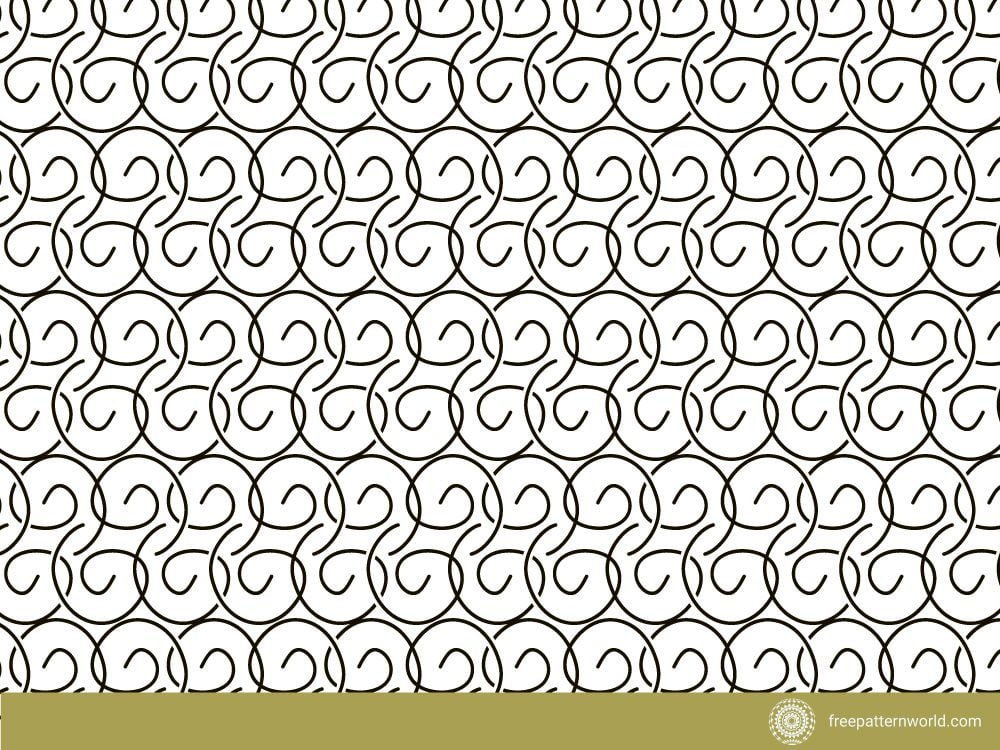
Spiral pattern design is a captivating and universally recognized motif that spans across cultures, nature, and human creativity. Characterized by its winding curves and rhythmic repetition, the spiral pattern evokes a sense of motion, growth, and infinity. In this blog post, we will explore the origins of spiral patterns, their cultural significance, and the myriad ways they can be incorporated into contemporary design projects.

The Origins of Spiral Patterns
The spiral is one of the oldest and most universal symbols found in human history. It appears in prehistoric cave art, ancient artifacts, and natural formations, making it a motif deeply embedded in the human psyche. The simplicity yet profound nature of the spiral pattern has made it a recurring theme in various cultural and artistic expressions.

Historical Context
Spiral patterns have been discovered in ancient artifacts from various civilizations, including the Celts, Greeks, and Egyptians. In Celtic culture, the spiral is a prominent motif in their art, symbolizing growth, evolution, and the cycle of life. The Greeks used the spiral in their architectural designs, such as the Ionic column, where the volutes (spiral scrolls) are a distinctive feature. In Egyptian culture, spirals were often used in jewelry and amulets, symbolizing the eternal cycle of life and the afterlife.

Cultural Significance
The spiral pattern carries deep cultural and symbolic meanings, varying across different regions and historical periods. Its representation of infinity, growth, and the cyclical nature of life has made it a powerful symbol in various cultural contexts.
Symbolism in Different Cultures
- Celtic: In Celtic culture, the spiral is a symbol of growth, expansion, and cosmic energy. It often represents the journey from the inner self to the outer world and back, highlighting the interconnectedness of all things.
- Greek: The Greeks used spirals in their art and architecture, where they symbolized infinity, continuity, and the eternal flow of time. The spiral also represented the harmony and balance found in nature and the universe.
- Mayan and Aztec: In Mesoamerican cultures, spirals were used in ceremonial objects and architecture to symbolize wind, water, and the dynamic forces of nature.

Incorporating Spiral Patterns in Contemporary Design
The timeless elegance and dynamic nature of spiral patterns make them a versatile and appealing choice for modern design projects. Here are some practical ways to incorporate spiral patterns into your work:
Interior Design
Spiral design can add a touch of sophistication and dynamism to interior spaces. They can be used in various elements, such as:
- Wall Treatments: Use spiral patterns in wallpaper or wall decals to create a striking focal point in a room. The flowing lines of the spiral can add a sense of movement and depth, making the space feel more dynamic and engaging.
- Furniture and Upholstery: Incorporate spiral patterns into furniture design, such as inlays on tables, chairs, or as upholstery fabric. The graceful curves can enhance the elegance of the furniture, making it a statement piece in any room.
- Textiles and Accessories: Use spiral patterns in textiles like curtains, cushions, and rugs. These patterns can bring a sense of harmony and balance to the space, complementing both traditional and contemporary decor styles.

Spiral design is a timeless and versatile motif that continues to inspire and captivate designers across various fields. Its geometric precision, historical significance, and cultural symbolism make it a powerful design element that can add depth, elegance, and meaning to any project. Whether you are working in interior design, architecture, graphic design, or fashion, incorporating spiral patterns into your work can enhance its aesthetic appeal and create a lasting impression.
To download more Click here.
Download more free pattern designs from freepatternword and freepik.



